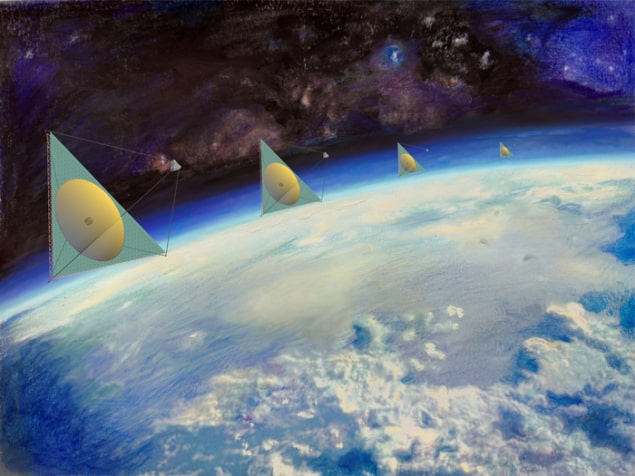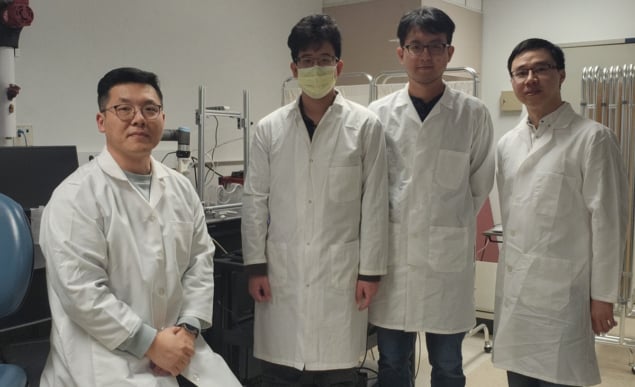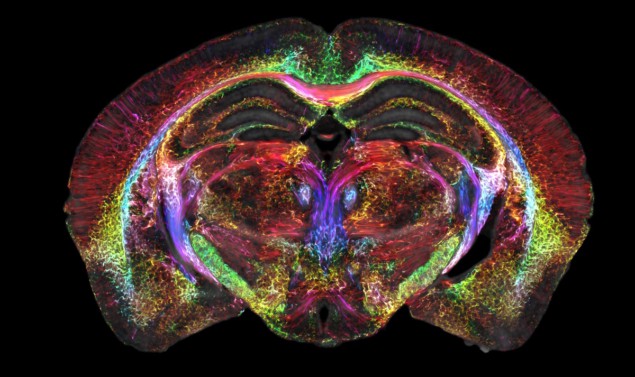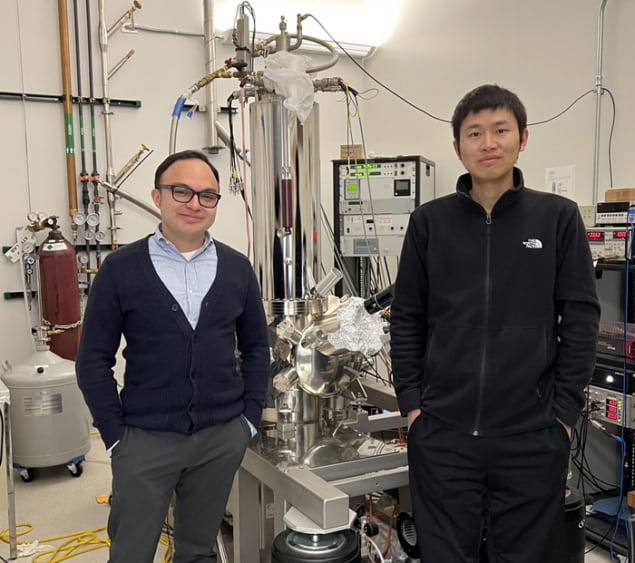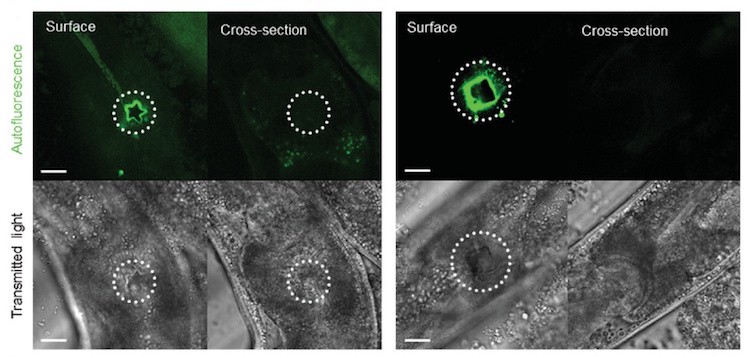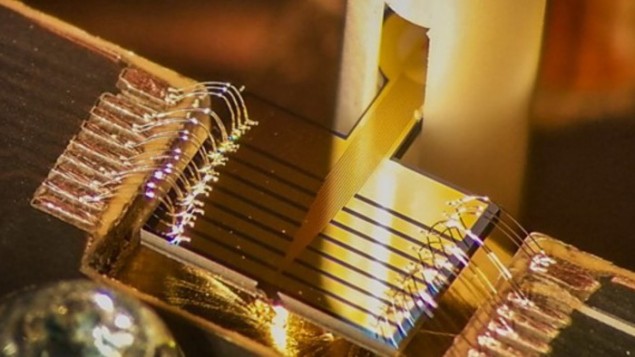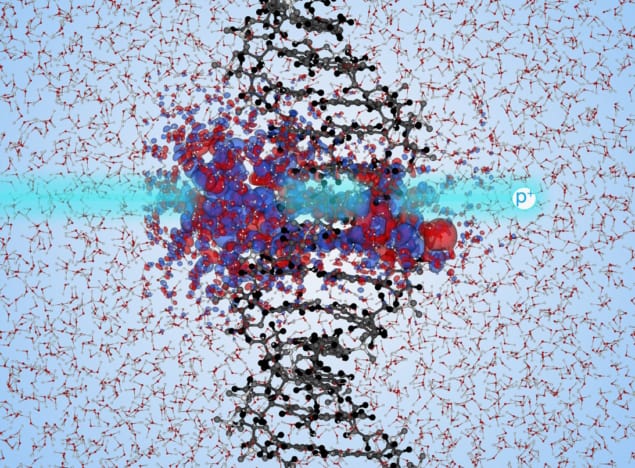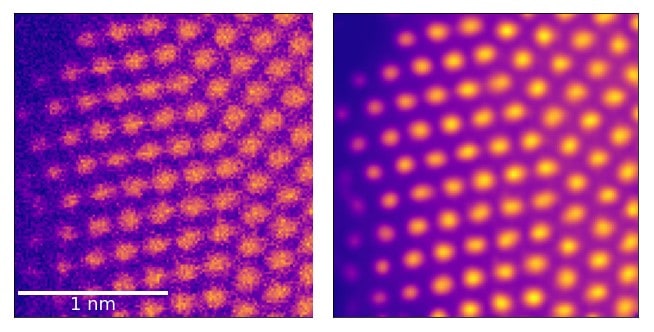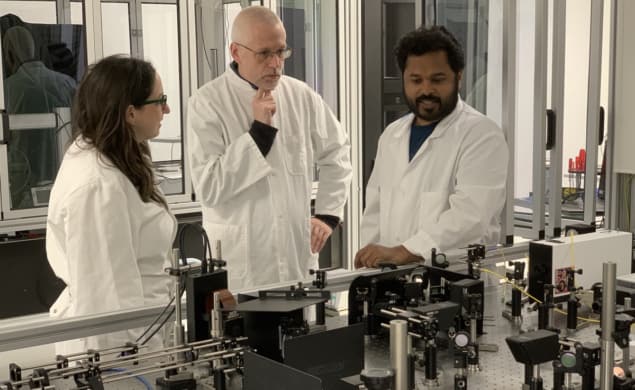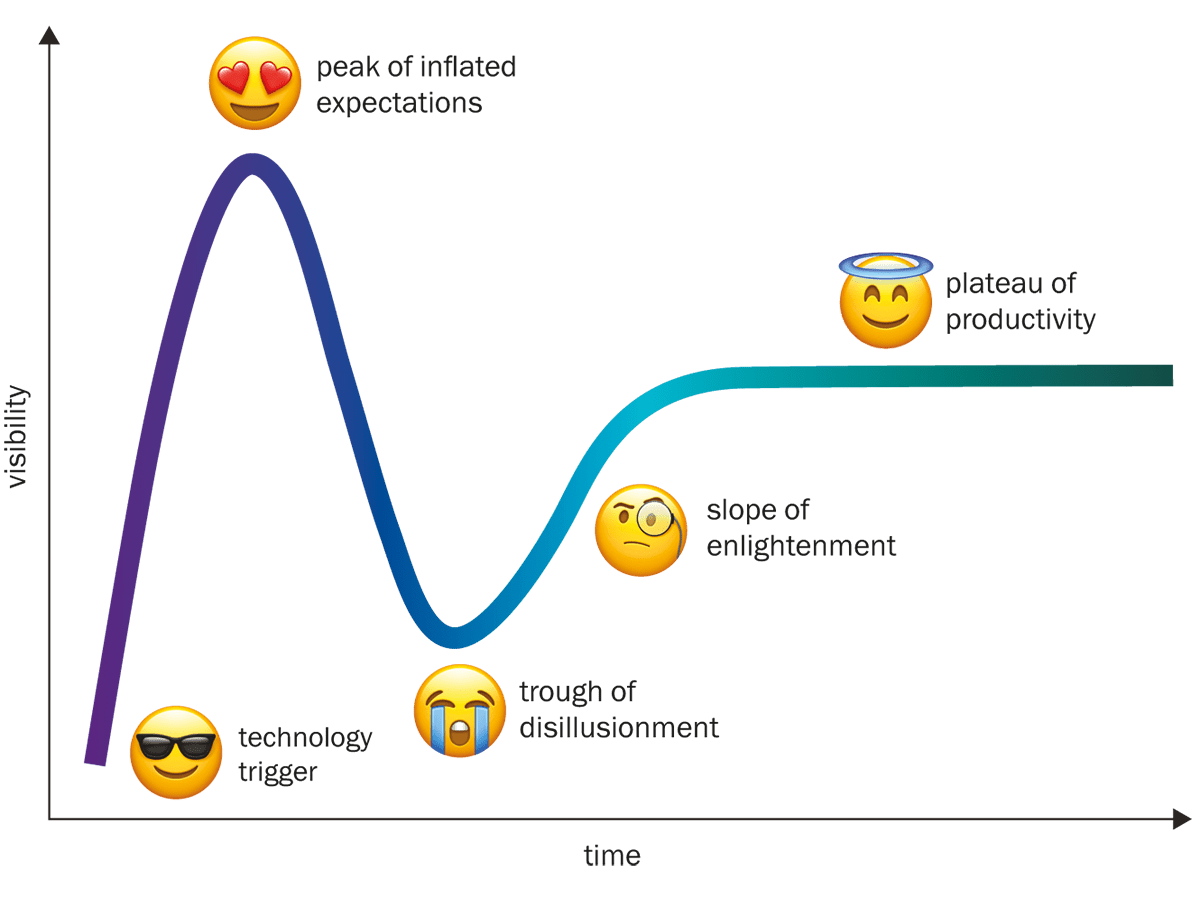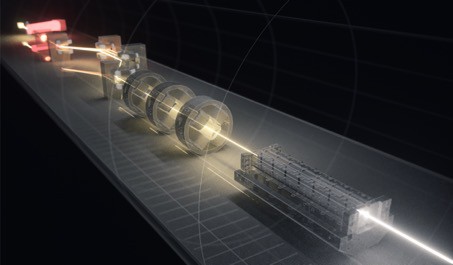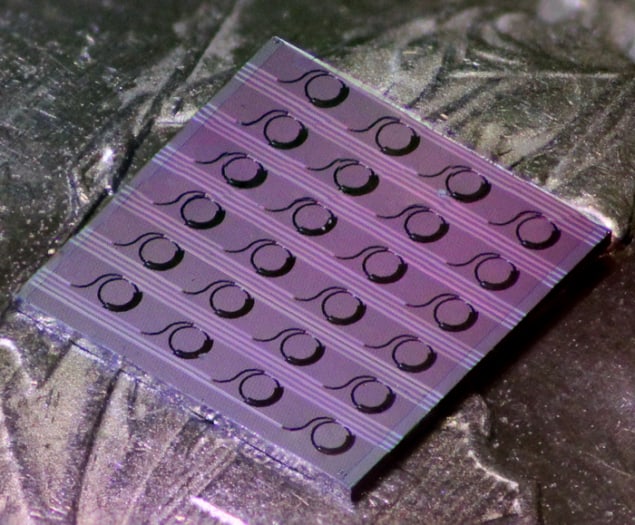Bright ‘nearby’ gamma-ray burst dazzles astronomers
29 Mar 2023
Circular vision: NASA's Swift X-Ray Telescope managed to capture the afterglow of GRB 221009A about an hour after it was first detected (Courtesy: NASA/Swift/A Beardmore (University of Leicester))
Update 29/03/2023: Astronomers have reported the results of their observatios on GRB 221009A in a special issue of Astrophysical Journal Letters. The article below was first published on 14/10/2022.
Several orbiting space telescopes scanning the skies for powerful cosmic explosions have spotted one of the brightest gamma-ray bursts ever detected. Initial evidence suggests that the blast of high-energy radiation occurred when an extremely massive star collapsed – a process that results in an immense flood of gamma-rays and X-rays. Astronomers have been racing to follow-up the discovery, with one researcher suggesting it will become the “best studied gamma-ray burst in history”.







